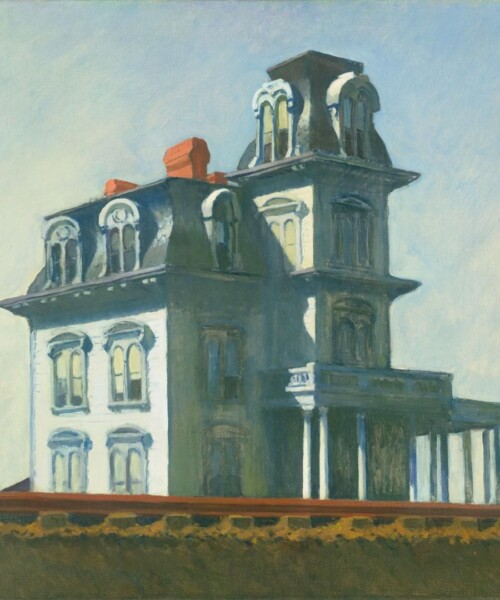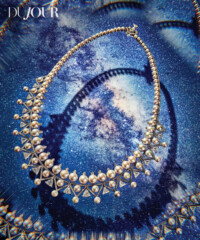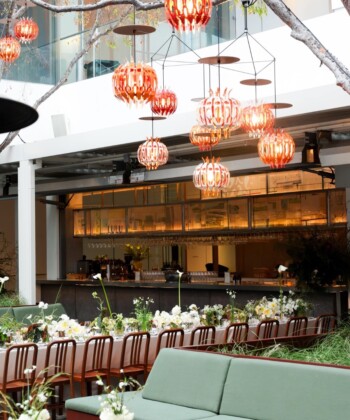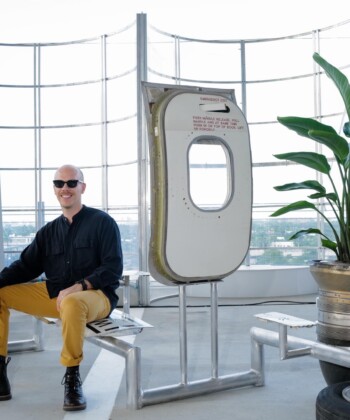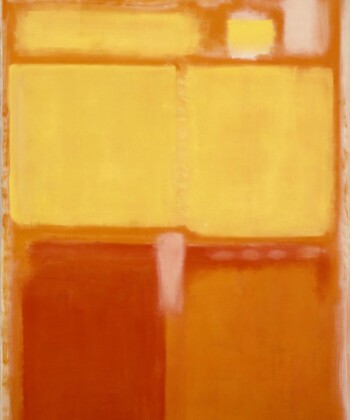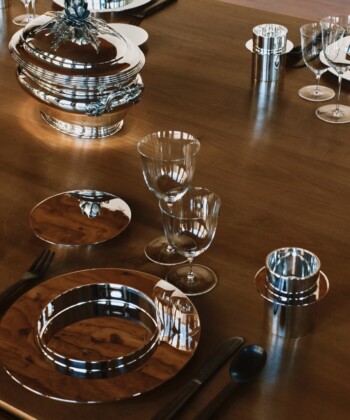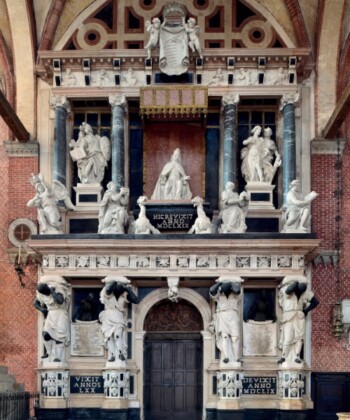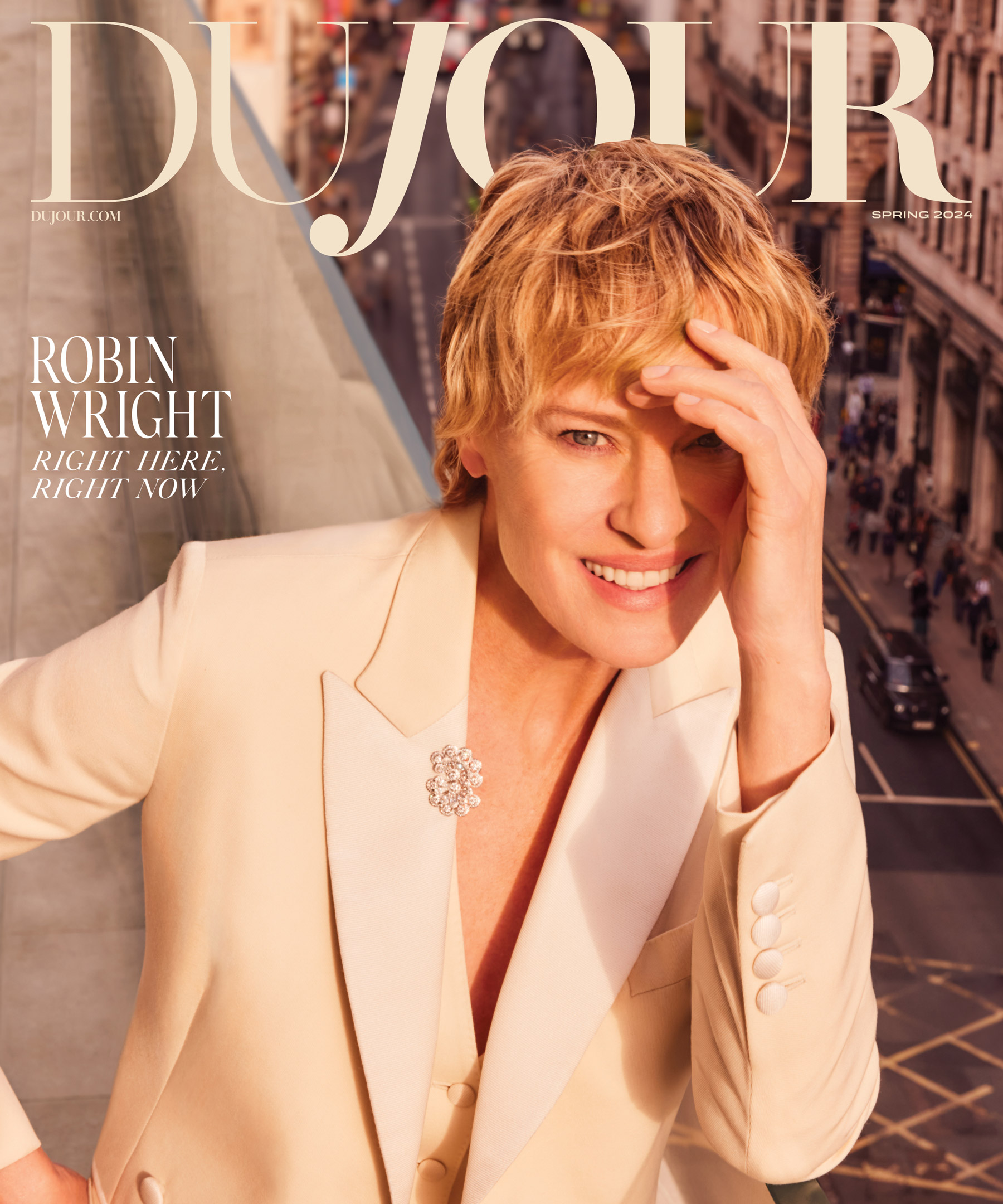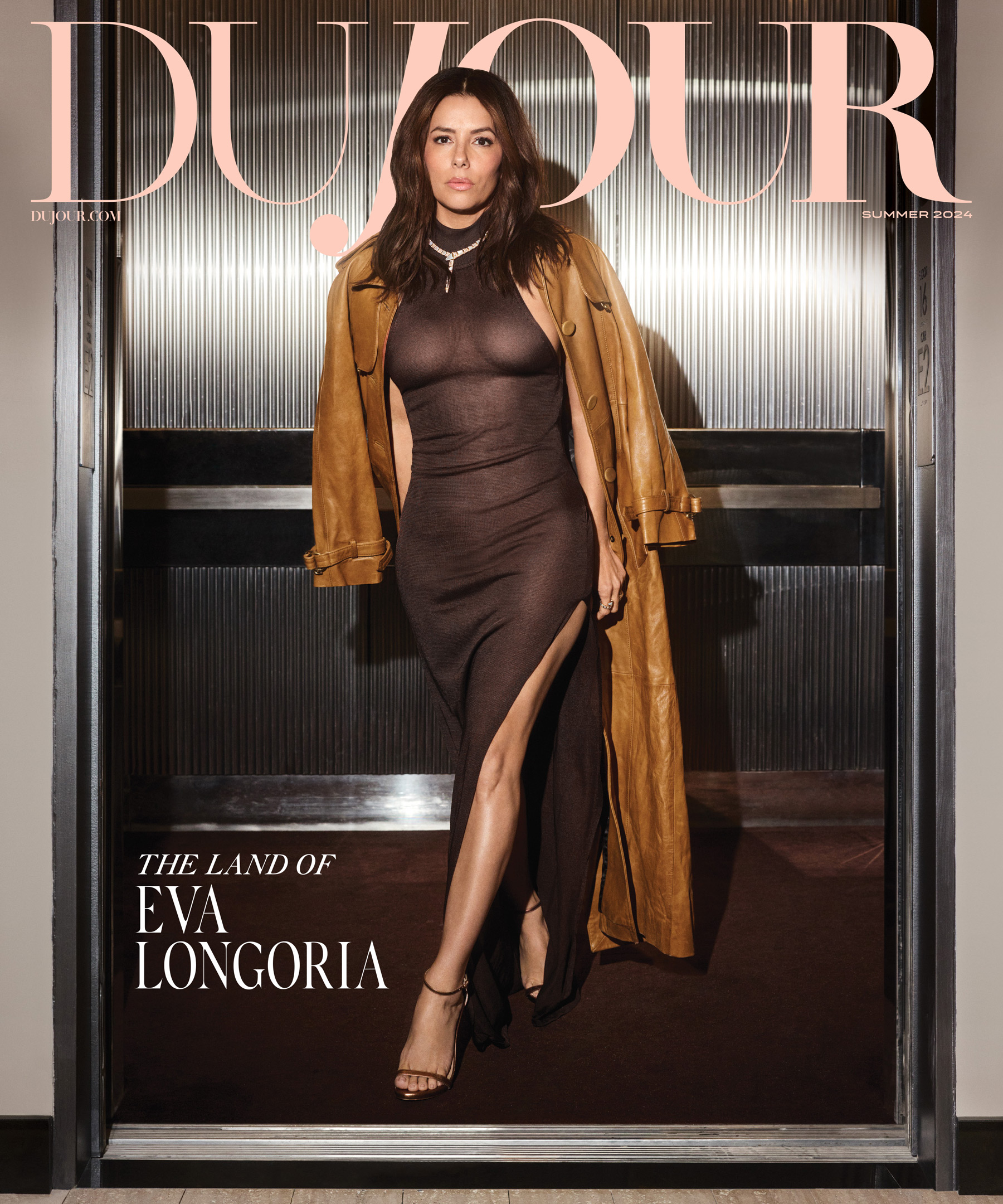When you think of the Museum of Modern Art, which artists come to mind? Van Gogh, Matisse, Dalí, Picasso… Chances are, the majority of artists who come to mind are from international origins. However, even frequent visitors may be surprised to learn that the museum owns a surprisingly sizable collection of American avant-garde artwork.
 For the first time on display together, MoMA’s exhibit American Modern: Hopper to O’Keeffe is a collection of modernist pieces from 1915 to 1950 by over 50 American artists including George Bellows, Charles Sheeler, and, of course, Edward Hopper and Georgia O’Keeffe. Drawing on the museum’s own collection, including rarely-displayed pieces previously held in storage, the exhibit finally puts focus on the abundance of American artwork owned by an institution that has been criticized in the past for their perceived bias towards international works of art.
For the first time on display together, MoMA’s exhibit American Modern: Hopper to O’Keeffe is a collection of modernist pieces from 1915 to 1950 by over 50 American artists including George Bellows, Charles Sheeler, and, of course, Edward Hopper and Georgia O’Keeffe. Drawing on the museum’s own collection, including rarely-displayed pieces previously held in storage, the exhibit finally puts focus on the abundance of American artwork owned by an institution that has been criticized in the past for their perceived bias towards international works of art.
We spoke to Esther Adler, an assistant curator in the Department of Drawings, who worked with assistant curator Kathy Curry on the exhibit, about what it’s really like to curate a large-scale exhibition.
What was the inspiration behind the exhibition? And why these specific pieces of art?
The exhibition began as a joint project with Kathy Curry, who’s worked in the drawings department at MoMA for the past 30 years, and the American collection has always been dear to her heart. My particular interest is in institutional history, so the fact that MoMA had this amazing, fairly-unknown collection of American art was something I was passionate about.
How did you actually curate exhibition?
We were originally going to create an exhibition of just works on paper, but we started looking at work beyond the drawings department and realized there was a much larger exhibition we could do with paintings, photographs and prints–and we were happily surprised with the amount of material we came up with! In the end, we have a mix of familiar pieces on display at the museum and also works from storage that haven’t been on display in quite some time.
In the past, MoMA has been criticized for its focus on international works of art, as opposed to American. Did this influence your decision to spotlight MoMA’s collection of American art?
That’s exactly the reason we put together the exhibition! We knew we had great, American-made artwork from the time, which already disputes the assumption that MoMA only dealt with European artists. We looked back at the museum’s history, its exhibition history, the specific works in the permanent collection, and we realized that the idea that MoMA was not engaged with American artists isn’t actually founded on anything at all. It was important for us to challenge that widely-accepted view.
What are some themes present throughout the paintings, and how do they reflect the changing American culture through the time period?
One main theme that appears throughout many of the pieces is the idea of the changing urban landscape, led by increased American industrialization. The rural landscape is another theme that’s directly responsive of this, characterized by nostalgia and fondness of what the countryside used to be. Another theme is still life, as artists during the time period were taking an avant-garde approach to the typically classical subject. A final theme we refer to as “expanded portraiture,” which is an exploration of sharing a person’s personality without actually depicting their face.
Because American history is so broad, a number of events impacted art during this period and there are moments when this really comes through. For example, John Marin’s Lower Manhattan (see slide 5) from 1922 depicts a jubilant image of excitement in New York, reflective of the Roaring 20’s and the energy and newness of the city, pre-Great Depression. By contrast, in George Alt’s 1945 painting New York, New Moon (see slide 6), there’s a great sense of anxiety in the work that was presumably affected by World War II.
One iconic image from the exhibit is Edward Hopper’s 1925 painting House by the Railroad (pictured right). Can you tell us what makes this an iconic avant-garde piece of American art from the time?
That drawing is one of the first ones you see as you enter the gallery. The painting is essentially a view of an elaborate Victorian villa, the bottom cropped by a railroad track. It speaks of the proximity of this beautiful, monumental house to the track, which potentially has loud-moving trains passing by through the day. In essence, the painting alludes to the changing landscape—the house was probably once part of a peaceful countryside, but now it’s butted up against an industrial railroad track. From a contemporary standpoint, the transition from country to city seems like a sad statement about a lost way of life.
You organized both the exhibit and the associated book thematically, rather than chronologically. Why did you decide to structure it this way?
Because we’re dealing with such a large timeframe—1915-1950—it’s hard to tell a complete story about any specific decade or moment based on your holdings. It instead made sense to us to highlight what the shared themes across time were. For example, in the book, we have a Hopper print from 1920 on one page and Walker Evan’s photograph from 1928 on the opposite, and it’s almost the exact same composition. They’re each unique, but the relationship between the two is something very important to me. That is a juxtaposition we were able to make in the book but not the museum, so I like to see the book as it’s own exhibition in a way, as we were able to explore things that wouldn’t have worked in a gallery.
What are you most excited to share with the audience?
For me, the most exciting part is that MoMA has all of this amazing American art! We have beautiful watercolors from storage that haven’t been on display in a long time and will have to rest again after this exhibit, and we have some Georgia O’Keffe’s where the color is just so fresh and amazing… when we’re able to show obscure work like this, it makes the experience so much richer.
People won’t walk away from this exhibit with a comprehensive knowledge of American history, but that wasn’t the real point—our intention was to draw out themes that were present for so many American artists, and it’s been an amazing opportunity for us to allow new audiences to view both old favorites and new surprises.
American Modern: Hopper to O’Keefe will be on display at the Museum of Modern Art from August 17, 2013-January 26, 2014


























